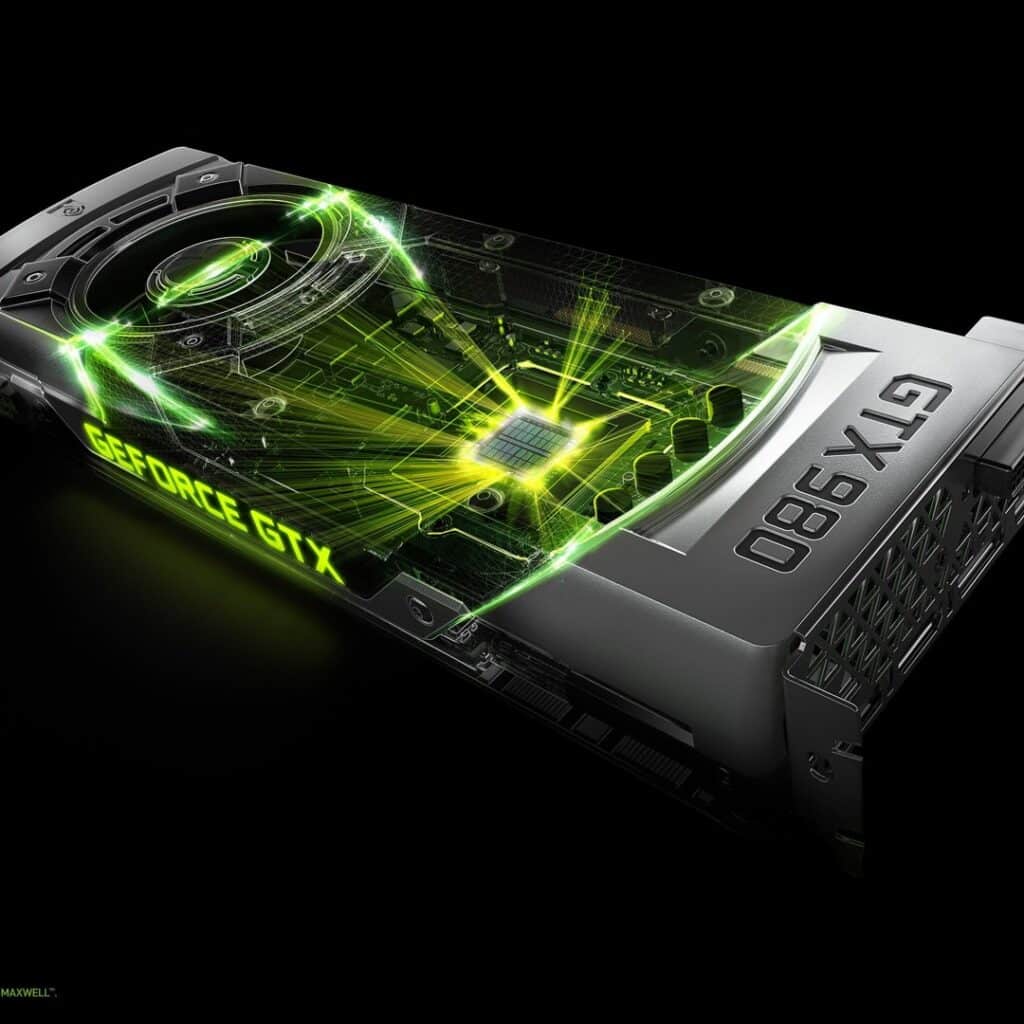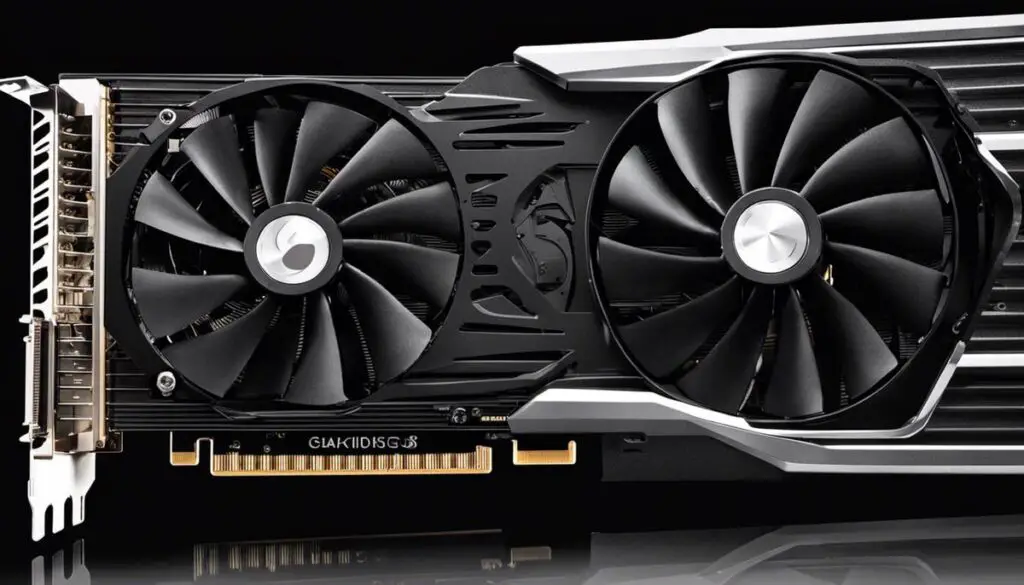When you purchase through links on our site, we may earn an affiliate commission. Learn more...
Does Texture Quality Affect FPS? – Not What You May Think

Textures are like the skin of in-game objects and surfaces. They provide intricate details, like the grain on wooden planks, the rust on a metal door, or the roughness of a rocky terrain. These details make the game world more believable and relatable.
Different textures contribute to the overall ambiance of the game. For example, lush, high-resolution textures can make a forest feel dense and alive, while gritty and worn textures can give a post-apocalyptic city a desolate and haunting atmosphere.
The two main settings you should tweak here to get the best result are texture quality and anisotropic filtering (which we analyzed in a different article). The impact that these two have on your FPS is not what you expect! Let me explain…
What does Texture Quality Do?
Texture quality in gaming refers to the level of detail, resolution, and overall visual fidelity of the textures applied to in-game objects, surfaces, and environments.
These textures wrap around the 3D models to give them their appearance and surface characteristics. Games with stylized or cartoonish aesthetics may employ lower-resolution textures intentionally to match their visual theme.
In such cases, texture quality is aligned with the game’s overall artistic vision. Better quality doesn’t always mean more realistic.
Does Texture Quality Affect FPS?
Texture quality has a significant impact on your FPS but ONLY if your graphics card runs out of video memory(VRAM).
Most modern games use extra settings such as “Model Quality” and “Object Quality” to tweak the quality of even more specific textures.
You can see its impact on a GeForce GTX 1060 6GB VRAM at 1080p – max game settings of Destiny 2. This might not apply to every game but the most FPS decrease you will experience is close to 3% unless your VRAM is full.

My Final Thoughts
Optimizing your gaming experience involves a delicate balance between texture quality and performance. Keep an eye on your VRAM usage, customize game settings, and understand the game’s aesthetic.
Monitor FPS as you adjust settings, and consider upgrading your hardware if needed. Staying informed about hardware trends is key.






